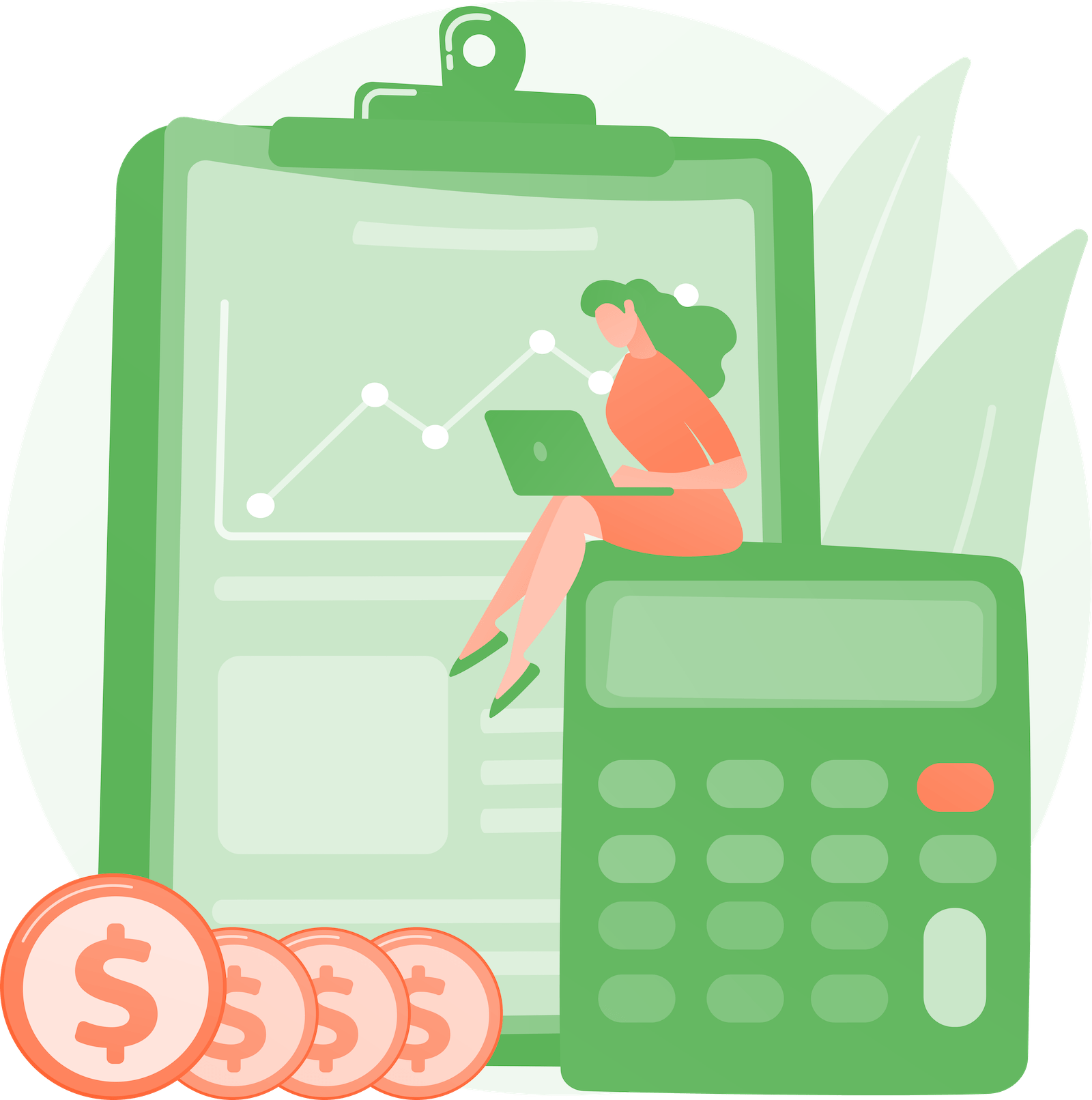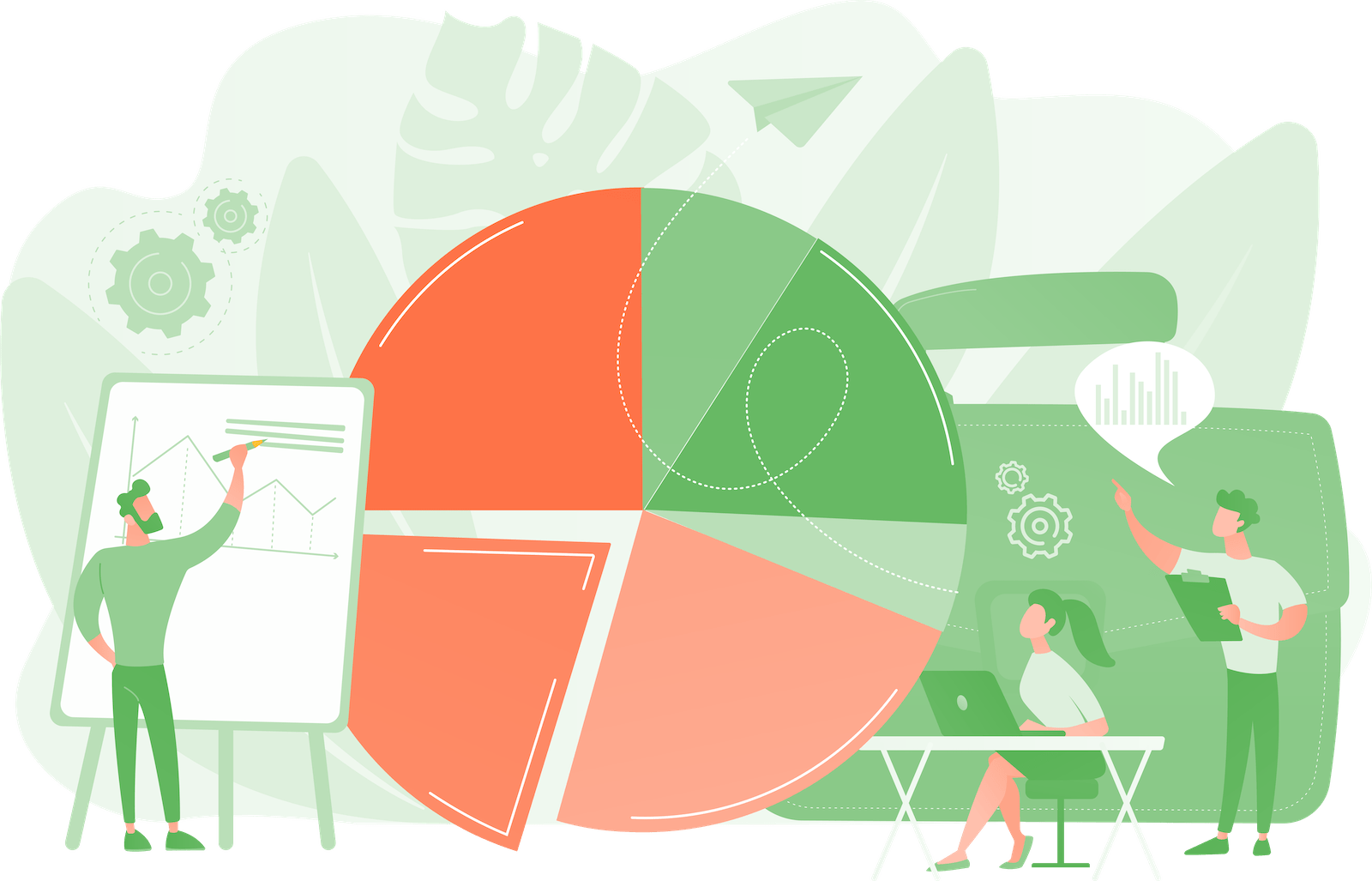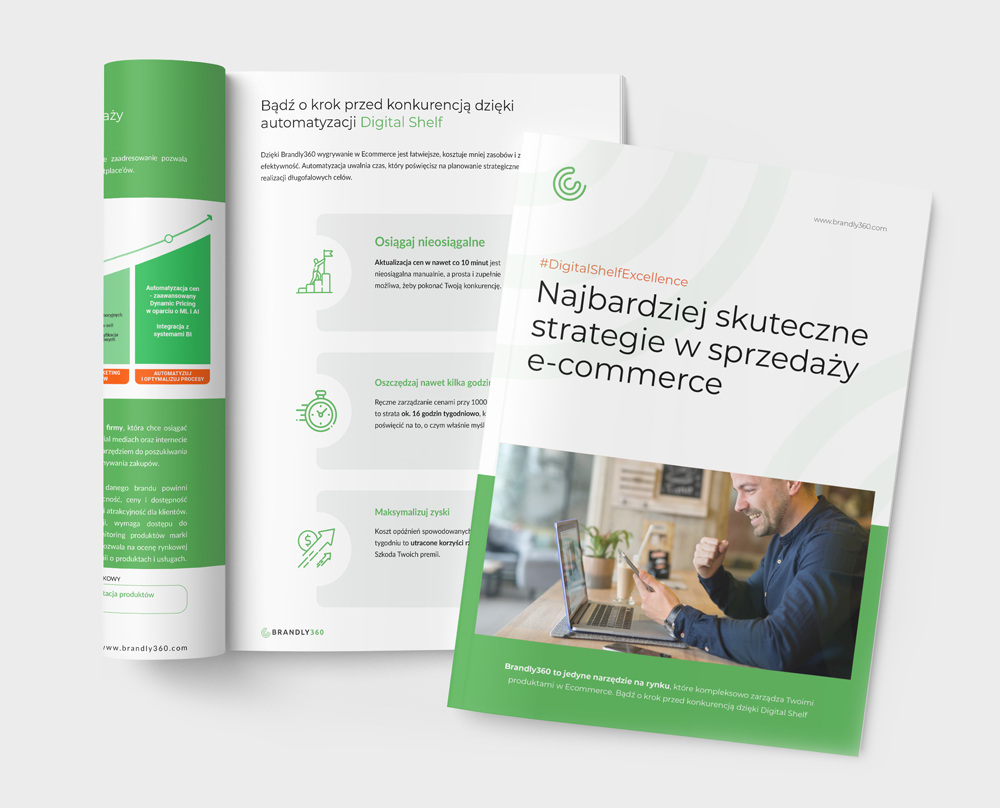Setting prices is a crucial part of the marketing process that requires you to conduct in-depth market research. If you pick the right price, you can expect to generate more sales and increase your profits. On the other hand, making a product or a service overpriced can cause target customers to look elsewhere.
In other words, pricing affects both how you are perceived and positioned in the market and your profitability. It is also one of the things that you need to get just right in order for your company to succeed.
The following guide will touch upon everything you need to know about common pricing strategies.

Competitive Pricing Strategies
A competitive pricing strategy, also known as a competition-based pricing strategy, is about setting the price of a product or a service based on what one’s competitors are charging. It is a pricing model that tends to be used by businesses that sell similar products.
In a highly competitive market where many such businesses compete with one another, potential customers judge similar products by looking at their prices.
That’s why opting for lower prices can help you attract more customers, and beat the competition.
To successfully adopt such a pricing model, you will need to pay close attention to existing and emerging competitors, which can be made easier using price monitoring software. With its help, you will be able to keep an eye on what your competitors are doing, which will make managing your prices easier.
In addition, price monitoring software is a great time saver. You will no longer have to track competitors’ prices by hand.
Benefits
- It monitors emerging and existing rivals in the market.
- It gives you the smart data you need to make effective pricing decisions.
- Setting prices according to the state of the industry increases your competitiveness.
Drawbacks
- If you do not take purchase prices and margins into account, you risk losing profits.
- Without effective price monitoring software, you will have to resort to manual tracking.
Value-Based Pricing Strategies
Value-based pricing is a pricing strategy based on the perceived value that a product or a service can provide to a customer. To put it another way, it is about determining what price a customer would be willing to pay for something.
Businesses that rely on value-based pricing first determine how much value a given product will generate for customers. That value can then be translated into certain benefits, such as increased stability, happiness, or efficiency.
By using value-based pricing, you can increase product sales and improve the reputation of a specific product.
Benefits
- The customer value of a product can help increase sales.
- The price set can add to its reputation.
Drawbacks
- It requires the use of effective selling techniques.
- It might cause you to overlook product costs.
- It does not account for existing competitors.

Cost-Based Pricing Strategies
A cost-based pricing strategy is about setting the price of a product based on its production cost. The final price of a product is calculated by adding a profit level to the product’s base cost.
Cost-based pricing tends to be used by businesses that specialize in mass product production, such as companies that produce food or building materials. To find the right price for a given product, such businesses use product costs to find a price ceiling and a price floor.
A price ceiling is the maximum price that one can set for a given product or service. A price floor is the minimum price. Ideally, you should opt for a price that sits between the price floor and the price ceiling.
Benefits
- It guarantees total profits for the company.
- Calculations needed to set the price of a product are simple.
Drawbacks
- It does not take into account how market demand can impact the price of a product.
- It does not account for actions taken by competition.
Want to get set up with competitor monitoring, price tracking and even more?
Book a free demo to monitor any e-commerce competitor pricing and get instant info of important price movements and more!
Premium pricing is about setting the price of a product or a service artificially high. Its main purpose is to encourage a potential customer to perceive something in a favorable way based solely on its price.
It is a pricing strategy that exploits how buyers tend to assume that a high-price is synonymous with high-quality. The key to making it work lies in developing a high-quality product that a potential customer will consider to be high value.
Aside from that, you will need to come up with an appealing branding strategy meant to target high-income individuals.
Benefits
- It can lead to higher profit margins.
- It can improve the perception and value of a brand.
- It can give you a huge market advantage by raising barriers to entry in the industry.
Drawbacks
- It comes with high product development costs.
- It prevents you from selling to a mass market.
- It leaves you vulnerable to undercutting tactics from the competition.

Economy Pricing
Economy pricing is a pricing method where a product has a low price due to its low production costs. The company generates revenue based on the number of customers who purchase the product.
It is typically used for commodities, such as generic-brand medications and groceries, that do not come with the advertising costs of name-brand goods. As a result, economy pricing is most suitable for businesses that want to appeal to customers who want to save as much money as possible.
Benefits
- It is easy to implement.
- It keeps the cost of acquiring customers low.
- It is highly appealing to price-sensitive clients.
Drawbacks
- It is reliant on small profit margins.
- It needs a steady stream of new customers.
- It does not connect to the product value.
Dynamic Pricing
Dynamic pricing is a highly flexible approach to setting the cost of a product or service. Its aim is to allow a business to adjust the prices on the fly, in response to market demand. It works for both big companies like Uber and smaller merchants.
The sudden changes in pricing are controlled by bots. Such bots are pieces of software that gather data about market conditions and individual customers. Then, special algorithms are used to adjust pricing based on the rules set by the business owner.
The rules can take a wide range of external factors into account, ranging from the weather, the customer’s location, and the time of day to competitor’s pricing and the day of the week.
Benefits
- It can help you bring in more profits.
- It can adjust to competitors’ pricing.
- It is highly flexible.
Drawbacks
- It can lead to high customer dissatisfaction.
- It can cause you to lose sales.
- It is not applicable everywhere.
- It can be time-consuming if you are not using price monitoring software.

A skimming pricing strategy involves setting a higher price for a given product when it first enters the market. The price drops accordingly as newer versions of the product are released. It is most often used with high-tech goods, such as smartphones and laptops.
The idea behind it is that early birds are eager to pay a premium for the opportunity to be the first people to use the new product. It can help a business cover the costs of developing better products, foster market demand with word-of-mouth marketing, and capitalize on exclusivity and innovation.
Benefits
- Early adopters give you an opportunity to benefit from word-of-mouth marketing.
- It can provide you with higher up-front profits that can then be used to cover the development costs of future products.
- It can be used to create a high-end brand image and boost customer loyalty.
Drawbacks
- Early adopters might be disappointed by price decreases after making the initial purchase.
- It does not work if you cannot create innovative and novel products that competitors do not have yet.
- The product or service sold must be high-quality in order to justify its initial price.
- If price skimming efforts fail, you are likely to end up with excess inventory.
Penetration Pricing
Pricing based on market penetration is the opposite of price skimming. Instead of selling a product at a premium price after its launch, you get to take over the entire market by undercutting your competitors. After you develop a reliable customer base, you raise the price.
Such a pricing approach can bring in substantial profits in the long run, provided that you are willing to take losses when you first enter the market. Other than that, you get to generate strong product demand and create brand loyalty.
Benefits
- It leads to increased customer interest.
- It can keep the competitors that cannot afford to lower their prices out of the market.
- It can lead to the creation of a loyal and reliable customer base.
Drawbacks
- Increasing product pricing later on can drive some clients away.
- It can cause you to end up in a price war with competitors.
- It can lead to decreased brand perception.

Bundle Pricing
Bundle pricing is when a company pairs several products together and sells the said products in a bundle. The bundle costs less money than each product would be worth individually. It can help you attract price-sensitive customers, as well as move inventory quickly.
In order for a bundle pricing strategy to succeed, a high-value item has to be paired with several low-value ones. That way, the profits generated by selling the low-value items included in the bundle outweigh the losses on the high-value item.
Benefits
- It leads to a simpler buying experience.
- It can increase sales of low-value products.
- It can help you appeal to price-sensitive clients.
Drawbacks
- It can drive away the customers who do not like all the products included in the bundle.
- If the bundle pricing strategy fails, you will end up with excess inventory.

Manager with experience in leading team of software developers and testers during implementation of internal and external IT projects. Ceo of Brandly360.com.


